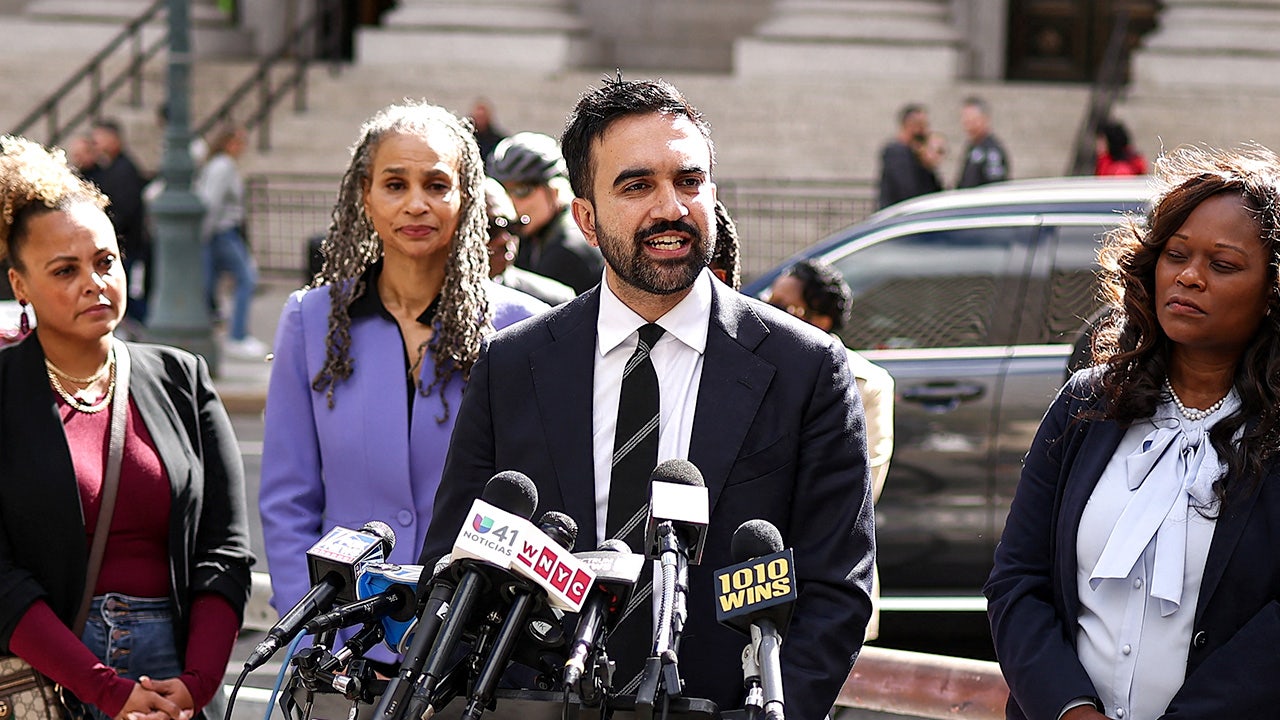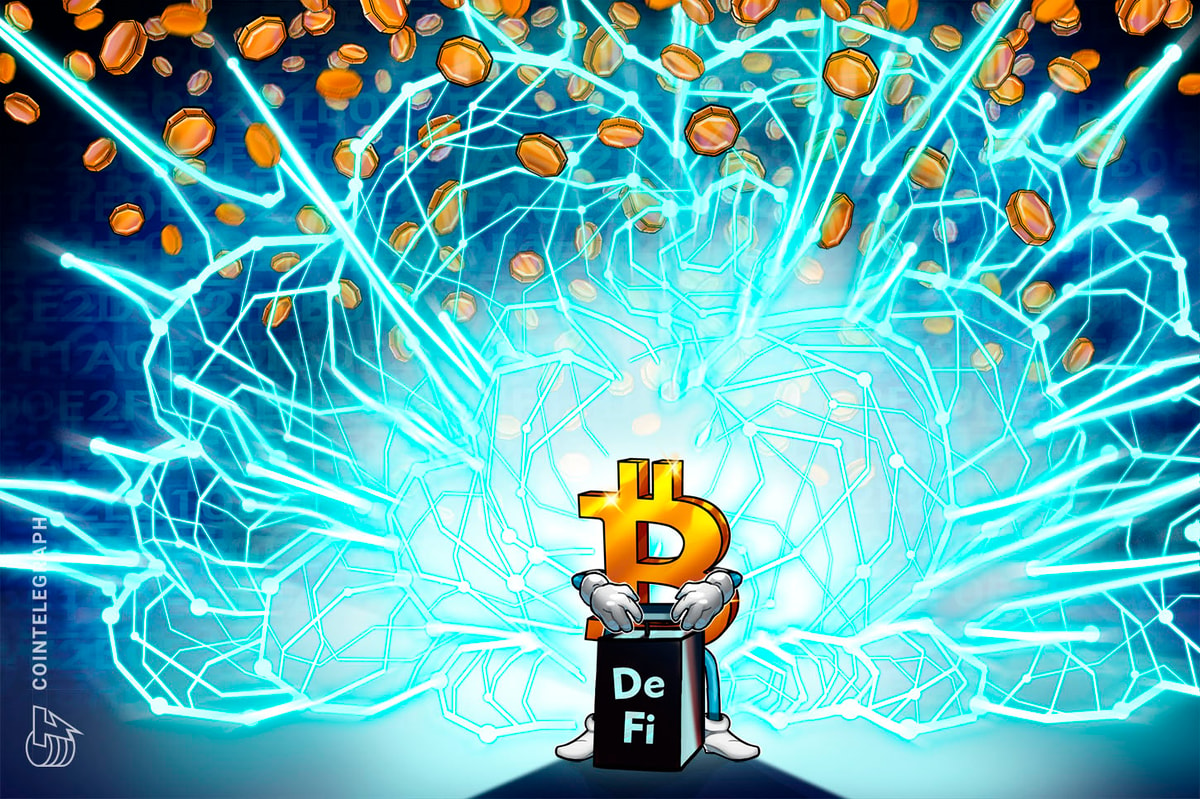Global central banks have been increasing their gold reserves over the past few years in a trend that may have major implications for Bitcoin, according to a recent report from Deutsche Bank.
Gold’s share of central bank reserves reached 24% in the second quarter of the year, its highest share since the 1990s, Deutsche Bank strategists reported Thursday.
With official demand for gold running at twice the pace of the 2011–2021 average, some Deutsche Bank analysts see growing parallels between gold and Bitcoin (BTC), which has seen a record-breaking performance in 2025.
The renewed gold accumulation marks a significant shift in global finance, echoing behavior seen for much of the 20th century, Deutsche Bank strategists wrote, highlighting that Bitcoin’s momentum shares many of the same dynamics.
Gold reclaims inflation-adjusted highs
Although gold has been parabolically breaking new highs in terms of fiat money, the asset has only recently exceeded its inflation-adjusted all-time highs (ATH) from 1980.
“It’s only in recent weeks that gold has finally surpassed its real-adjusted all-time highs from around this point 45 years ago,” Deutsche Bank’s strategists wrote.
Among the key reasons for such a long delay in gold’s inflation-adjusted ATH, Deutsche Bank cited decades of central bank selling, forced institutional gold sell-off and the rise of the fiat currency era.
“Gold’s formal role as a reserve asset ended in 1979, when the IMF [International Monetary Fund] prohibited members from pegging exchange rates to gold — eight years after the collapse of Bretton Woods,” Deutsche Bank analysts said.
What makes Bitcoin a reserve candidate?
Amid gold breaking new historic highs in inflation-adjusted terms, Deutsche Bank’s macro strategist Marion Laboure highlighted a set of parallels between the assets, potentially making Bitcoin an appealing store of value.
In a report titled “Gold’s reign, Bitcoin’s rise,” Laboure observed significant similarities in performance trajectories between the two assets since their inception.
Another notable parallel is that both gold and Bitcoin have experienced high volatility and periods of underperformance, the strategist noted.
Related: Bitcoin may go ‘boring’ as institutional interest ramps up: Michael Saylor
Additionally, Laboure said both gold and Bitcoin have low correlation with traditional assets, providing notable diversification benefits.
Prediction: Bitcoin and gold to join central bank reserves by 2030
On Bitcoin’s potential as a central bank reserve asset, Laboure pointed to its high volatility and being “backed by nothing” as key counterarguments.
“Volatility, however, has now fallen to historic lows,” she added, while noting additional concerns, including limited usage, perceived risk, speculative nature, cyber vulnerabilities and liquidity constraints.
Related: A Bitcoin strategic reserve may be bad for BTC and USD: Crypto exec
Despite these issues, Laboure suggested that Bitcoin and gold “may both feature on central bank balance sheets by 2030,” pointing to their shared characteristics, including their role as “safe-haven” assets.
Laboure’s perspective on Bitcoin and gold comes amid growing institutional BTC adoption and increasing interest from some governments in holding Bitcoin as part of their strategic reserves.
However, Bitcoin’s volatility remains a major concern for many central bankers, whose primary objective is to preserve the value of their reserve assets.
Magazine: US risks being ‘front run’ on Bitcoin reserve by other nations: Samson Mow
Read the full article here















